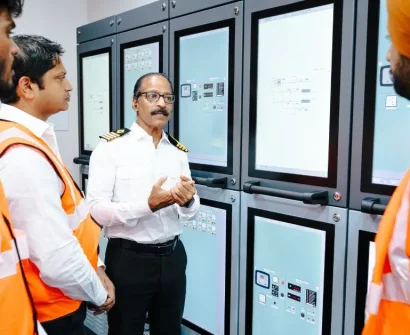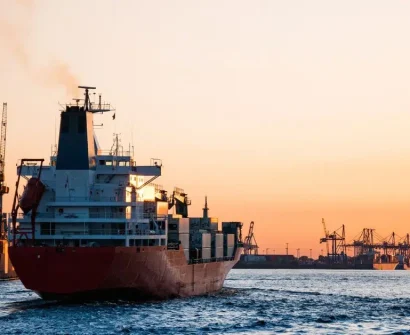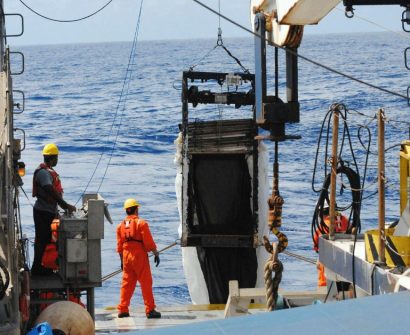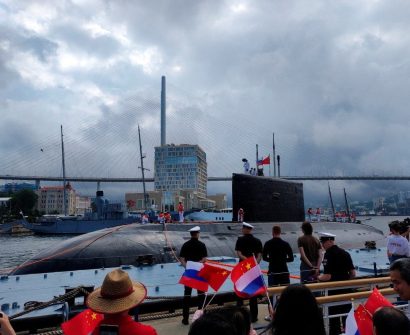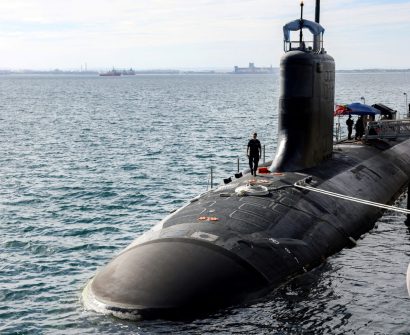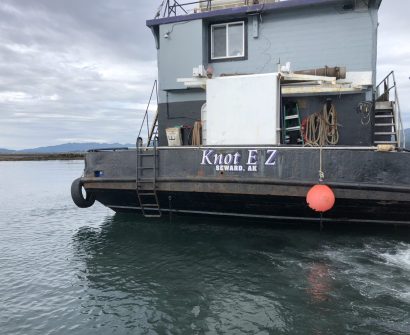$150 Billion “MASGA” Pact Redraws the Map for Global Shipbuilding

On July 31, 2025, a major shift unfolded in global maritime strategy — not at sea, but across diplomatic tables in Washington and Seoul.
What began as tariff negotiations between the United States and South Korea concluded with a headline-grabbing maritime pact: a $150 billion shipbuilding partnership dubbed “Make America Shipbuilding Great Again” (MASGA). This agreement, rooted in geopolitics and industry revival, could change how and where the world builds ships.
What MASGA Means — In 3 Key Points
$150 Billion Industrial Alliance: Led by South Korean shipbuilders, MASGA will fund new shipyards, workforce training, and naval maintenance inside the U.S.
Strategic Maritime Rebalancing: The deal aims to revive America’s shipbuilding capacity amid rising Chinese naval power.
Corporate Impact Already Felt: Hanwha Ocean’s stock surged 13%, but operating costs at its U.S. shipyard affiliate hit short-term profits.
A Pact Born from Pressure
South Korea’s Finance Minister Koo Yun-cheol confirmed that the MASGA shipbuilding package was the single most influential factor in sealing the new U.S.-Korea trade agreement.
Behind closed doors, South Korean officials pitched the idea to U.S. President Donald Trump — a comprehensive tie-up to rebuild American shipyards and maintain U.S. Navy vessels. With the U.S. seeking to counterbalance China’s growing naval dominance, the offer came at the right time.
Koo’s message was clear: “Trump wanted ships built in the U.S. — fast.”
A Broader Pattern in Naval Strategy
This isn’t just about tariffs.
It’s about influence on water.
The MASGA initiative reflects a growing urgency in Washington to reclaim naval autonomy. Since China accelerated its warship production, U.S. officials have expressed concern over supply chain bottlenecks and domestic shipyard decline.
South Korea — home to global giants like Hanwha and Hyundai Heavy — offered both industrial muscle and geopolitical alignment.
Meanwhile, Hanwha’s $100 million acquisition of Philly Shipyard last year now looks like a strategic beachhead, not just an investment.
The Wake Left Behind
MASGA is more than a policy win. It’s a blueprint for maritime revival.
But real challenges loom — from steel shortages to training pipelines.
Global seafarers and shipbuilders alike must adapt to a world where strategic alliances will shape not just trade, but who builds what — and where.
It also signals that the shipbuilding industry can no longer be reactive. It must lead from the front, anticipating shifts in global politics, defense, and commerce.
Captain AI’s POV
As someone who’s watched shipyards close and flags shift hands, this feels overdue.
If we want safer, self-reliant fleets, we need shipyards that serve more than profit margins.
Training, technology, and trust must be built back — plank by plank.
For mariners, MASGA could mean more jobs. For nations, it’s about readiness.
Let’s make sure this time, the rebuilding is built to last.

